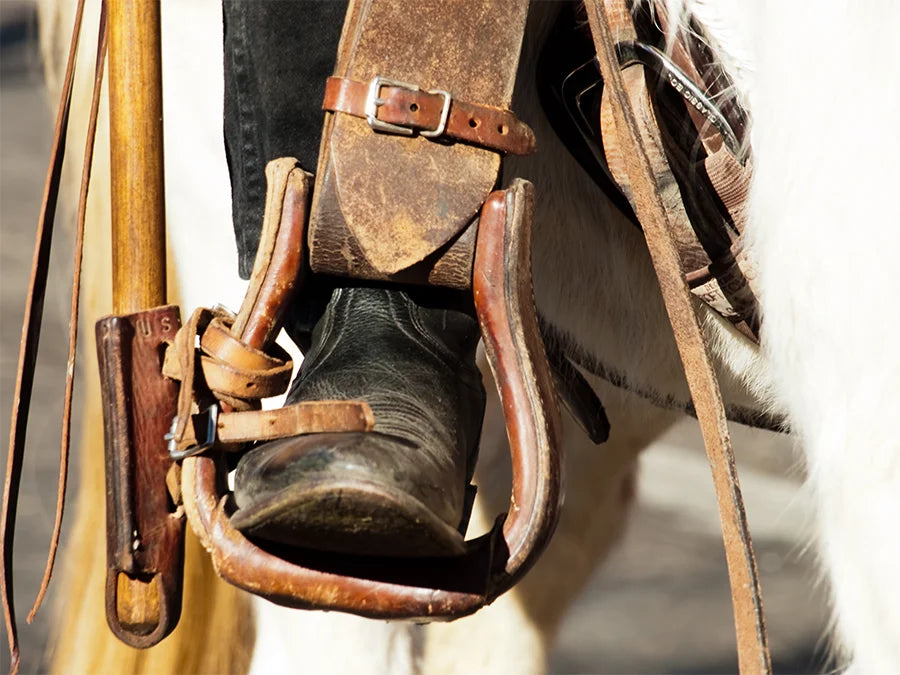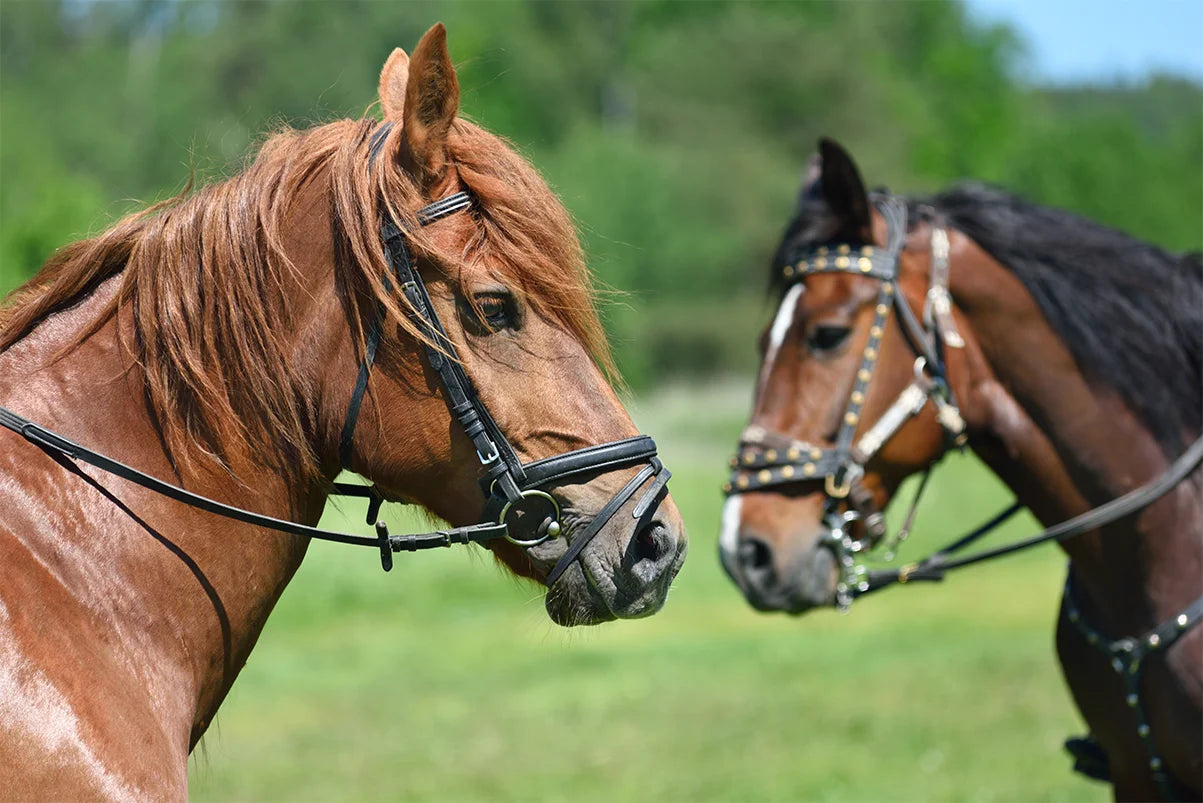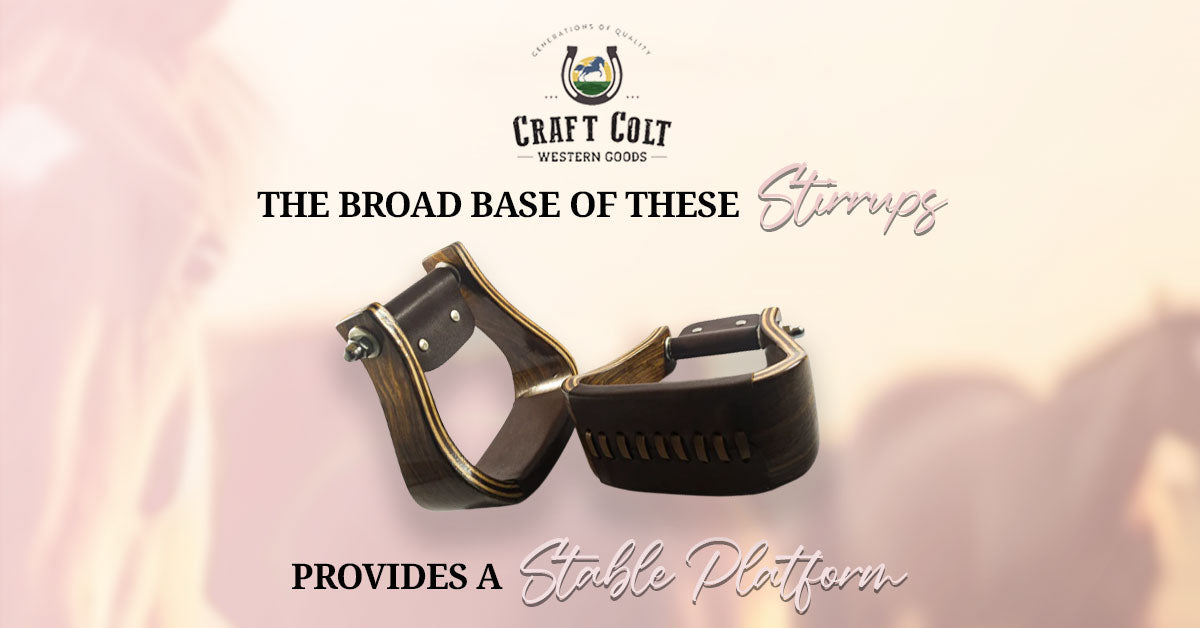
Your Ultimate Guide to Horse Stirrups: Types, Selection, and Use
Table of Contents
- Horse Stirrups: An Integral Component of Equestrian Gear
- Different Types of Stirrups for Diverse Equestrian Needs
- Selecting the Right Stirrup: Factors to Consider
- The Role of Stirrups in Equestrian Safety
- Maintenance and Durability of Stirrups
- Specialized Stirrups for Unique Equestrian Needs
- Common Stirrup-Related Challenges and Their Solutions
Riding a horse is not merely about getting on its back and moving forward; it's a skill that requires the right tools to achieve an easy understanding between rider and horse. One such essential tool is the horse stirrup. Horse stirrups serve as a critical link between the horse and rider. They help a rider mount the horse, maintain balance during the ride, and provide better control and communication.
This expert guide will explore the world of horse stirrups, understanding their different types, factors to consider during selection, and their influence on equestrian pursuits.
Horse Stirrups: An Integral Component of Equestrian Gear
The invention of the stirrup is a historical milestone in the equestrian world. Horse stirrups have a history that spans over two thousand years. Interestingly, their basic design hasn't changed much: a loop hanging down on each side of the saddle for the rider's feet. But they've evolved significantly in other aspects, meeting the diverse needs of equestrians over the centuries - particularly now. From early designs in ancient Asia to the various types available today, stirrups have always enhanced a rider's safety, balance, and control. They provide stability, allowing the rider to steer the horse effectively and perform complex movements, whether jumping a fence or executing a dressage routine.
Different Types of Stirrups for Diverse Equestrian Needs
Like horse bits, stirrups come in various designs to cater to different riding styles and requirements. The type of stirrup you choose can influence your riding comfort, balance, and communication with the horse.
English Stirrups
English stirrups are typically lightweight and simple in design. They consist of a flat pad for the foot and a simple arch for the rider's boot to pass through. They're often used in English riding disciplines such as dressage, show jumping, and eventing. Because of their sleek design, they allow for quick foot release, an essential feature, especially in sports like jumping, where falls can occur.
Western Stirrups
Western stirrups are pretty distinct. They have a more expansive and often more ornate design, usually made of wood or metal and covered in leather. They're designed to spread the weight of the rider's foot over a larger area, providing comfort during long hours of ranch work or trail riding. An example of this type is Craft Colt's Wooden Wide Western Leather Covered Stirrups, which combine practicality with the traditional Western aesthetic.
Safety Stirrups
Safety stirrups, regardless of their individual designs, all fulfill a singular critical function: they prevent a rider's foot from becoming entrapped in the event of a fall. Some models may feature sides that detach or a uniquely curved shape that promotes effortless foot release. These stirrups are indispensable for those new to riding or those engaged in more hazardous equestrian activities.
Selecting the Right Stirrup: Factors to Consider
Selecting the right stirrup goes beyond choosing one that fits your boot size. Several vital considerations can influence your choice of stirrups.
- Discipline: The riding you'll be doing will largely dictate the style of stirrup you'll need. Jumping events require a different stirrup type than endurance rides or dressage.
- Rider Experience: Novice riders might benefit from safety stirrups, which add security. In contrast, more experienced riders may prefer stirrups that offer more precision and minimal interference.
- Physical Comfort: Some riders may find wider stirrups more comfortable, while others prefer a narrower design for more precise cues.
- Horse Type: Larger horses may require a different stirrup style than smaller breeds to accommodate the rider's leg length and horse's barrel size.
- Stirrup Size: The stirrup size should allow for about a finger's width space on either side of the rider's boot. This space prevents the foot from slipping through the stirrup and allows quick release if necessary.
Stirrup Materials and Their Impact on Performance
Stirrups are made of a range of materials, including but not limited to stainless steel, aluminum, plastic, and wood. Each of these materials carries certain advantages and disadvantages, influencing aspects such as weight, endurance, price point, and even how the horse reacts and performs.
For example, stainless steel stirrups are widely favored for their durability, ease of cleaning, and resistance to varying weather conditions. On the other hand, wooden stirrups, such as Craft Colt's Wooden Stirrups, with dimensions starting from 2.0 inches in width and 5.0 inches in length, provide a blend of tradition and comfort with their classic aesthetic and natural, comfortable feel.
The Role of Stirrups in Equestrian Safety
Horse riding can be a risky sport. However, the right equipment, used correctly, can significantly reduce these risks. Stirrups play a significant role in rider safety. An adequately positioned stirrup enhances a rider's balance and stability, allowing for more precise horse control. But stirrup safety goes beyond correct positioning. Here are some key aspects to consider:
- Correct Length: The Length of your stirrups can significantly affect your balance and comfort. Your knee should be slightly bent when you stand in the stirrups. Too long, and you lose upper body stability and control; too short, and you risk bouncing in the saddle and confusing your horse with inconsistent cues.
- Foot Position: Your foot should be placed so that the ball of the foot is on the stirrup. This position allows for the maximum range of motion and control. Also, it enables the rider to free the foot in case of a fall quickly.
- Use of Safety Stirrups: Safety stirrups can prevent the foot from getting trapped in the stirrup during a fall. This feature is especially recommended for novice riders, children, or anyone doing fast-paced or high-jump equestrian sports where falls are more likely.
Maintenance and Durability of Stirrups
Like any riding equipment, stirrups require regular maintenance to ensure durability and performance. Here are some tips:
- Regular Checks: Before every ride, take a moment to inspect your stirrups and their attachments. Look for any signs of wear and tear or structural damage that could affect their performance and safety.
- Cleaning: Depending on the stirrup material, you should clean your stirrups after every few rides. This cleaning prevents the buildup of dirt and grime, which can cause premature wear and potentially slippery surfaces.
- Storage: When not in use, store your stirrups in a dry, cool place from direct sunlight to prevent moisture or excessive heat damage. If your stirrups are removable, taking them off the saddle during storage can also prevent unnecessary strain on the leather straps.
Specialized Stirrups for Unique Equestrian Needs
In addition to the common types of stirrups mentioned above, there are also specialized stirrups designed to meet specific needs or solve particular problems:
- Shock-Absorbing Stirrups: For those who spend long hours in the saddle, shock-absorbing stirrups can make a world of difference. They have built-in systems to absorb the impact of the rider's weight, helping to reduce fatigue and strain on the rider's joints.
- Dressage Stirrups: Dressage requires high precision and control, and these stirrups are designed to support that. They are often heavier to promote a stable, "deep" seat and may have a wider tread for better balance and support.
- Swivel Stirrups: These stirrups can rotate on their axis to align with the natural position of the rider's foot, reducing strain on the ankles, knees, and hips. They can be especially beneficial for riders with joint issues or those who struggle with proper foot alignment.
Common Stirrup-Related Challenges and Their Solutions
Even with the right stirrups, riders may encounter some common challenges. Here are a few and how to solve them:
Losing Stirrups During a Ride
This can be pretty common, especially for novice riders. One solution to this issue can be to use stirrups with a non-slip or gripped tread that helps keep the rider's boot in place. Regular balance exercises and proper foot positioning can also help improve your stability in the stirrups.
Stirrup Length Discrepancies
An uneven stirrup length can lead to imbalance, discomfort, and even muscle strain. Regular checks and adjustments can ensure both stirrups are at the same Length. Remember, even a tiny difference can significantly impact your riding balance.
Discomfort During Long Rides
If you often end a long ride with joint pain or discomfort, it might be worth looking into shock-absorbing or jointed stirrups. These stirrups are designed to alleviate pressure on the joints by absorbing the impact of your movement.
Make Every Ride Count
With the right selection and proper use, stirrups can significantly enhance your riding experience, providing improved comfort, control, and safety. Craft Colt prides itself on offering a range of high-quality stirrups that combine traditional craftsmanship with modern equestrian needs. Choose wisely, ride safely, and make every ride count.



